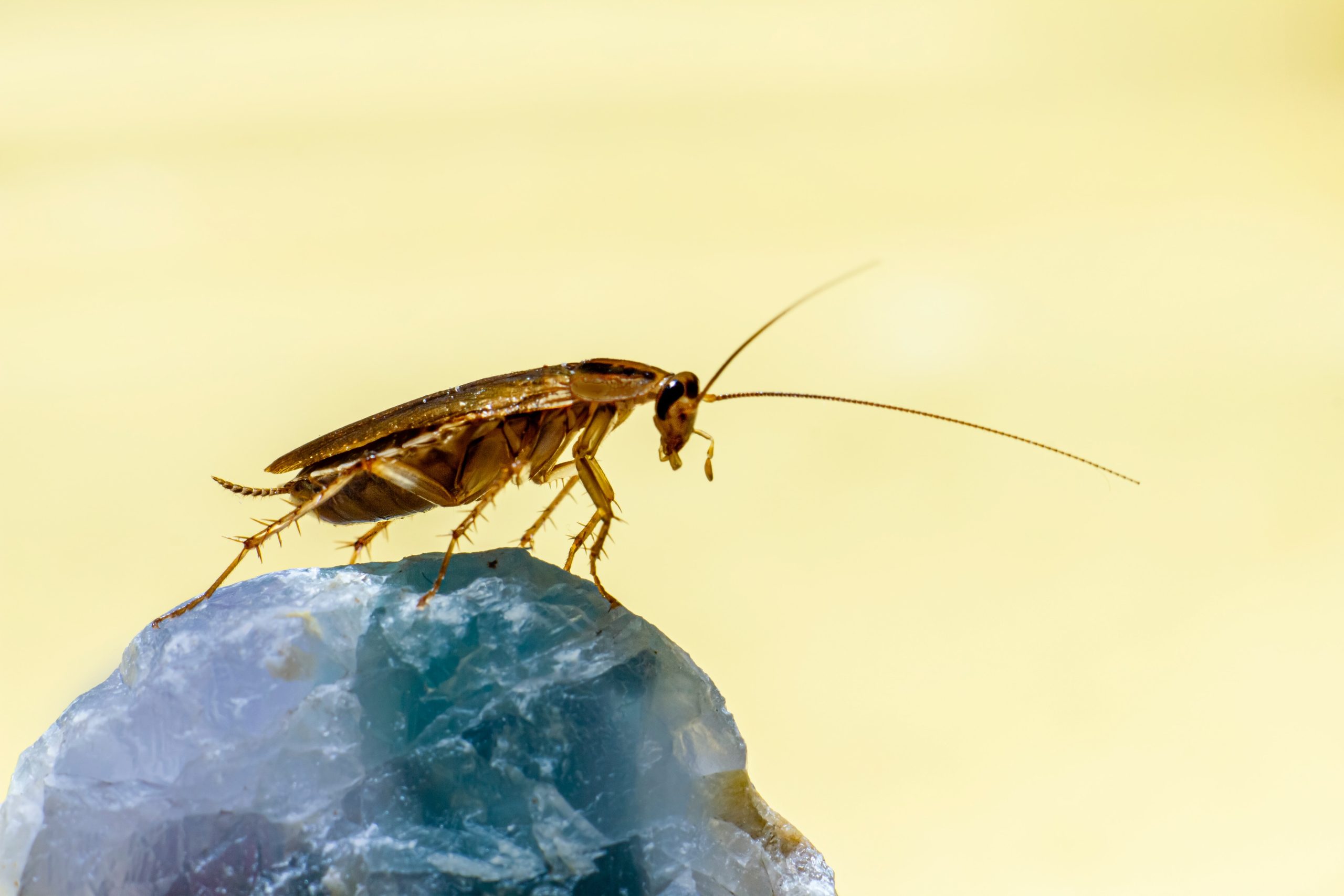Are you ready to learn about the latest evolution of cockroaches? These pesky insects have once again surprised us with unusual changes in their reproduction and genetics. As an SEO expert, I couldn’t help but notice that they have evolved “again”! So, let’s dive into the fascinating world of cockroach evolution and discover what makes these creatures so adaptable and resilient. Get ready to be amazed by their incredible abilities!
What are cockroaches?
Cockroaches are insects that have been around for millions of years, long before humans appeared on the planet. They belong to the order Blattodea and there are more than 4,000 species known worldwide. Cockroaches come in various shapes and sizes, ranging from small to large, brown to black, and some even have wings.
These critters are infamous for their ability to survive almost anything nature throws at them. They can go without food or water for weeks at a time and withstand extreme temperatures. This is due to their incredible adaptation skills that allow them to thrive in harsh environments.
Cockroaches are mostly nocturnal creatures that prefer dark and damp places like sewers, basements, kitchens, and bathrooms. However, they can be found anywhere where there is food or shelter available.
Despite being considered pests by many people due to their reputation as carriers of disease-causing bacteria such as Salmonella and E.coli., cockroaches do play an essential role in our ecosystem. They help decompose organic matter which makes nutrients available for plants while also providing a valuable source of food for predators like birds and reptiles.
Cockroach evolution
Cockroach Evolution
Cockroaches have been around for over 300 million years, surviving catastrophic events such as the mass extinction of dinosaurs. Their resilience is due in part to their ability to adapt and evolve quickly.
Over time, cockroaches have evolved into various species with different physical characteristics and behaviors. For example, some species have wings while others do not. Some are attracted to light while others prefer darkness.
Interestingly, recent studies show that cockroaches are evolving again in response to human activity. They are becoming more resistant to pesticides and developing new ways of obtaining food.
This evolution is happening at an alarming rate due to several factors such as climate change and urbanization. As humans continue to alter the environment, we can expect more changes in the behavior and genetics of these fascinating creatures.
It is clear that cockroach evolution will continue as long as they exist on this planet. We may not always like them or understand them, but we must respect their remarkable ability to survive and thrive amidst changing conditions.
Reproduction and genetics in cockroaches
Reproduction and genetics in cockroaches are fascinating topics that have been studied for years. Cockroaches reproduce quickly, with a female able to produce up to 40 eggs at one time. The reproductive cycle of cockroaches is unique because females can store sperm from multiple males, allowing for genetic diversity within their offspring.
Cockroach genetics have also been the subject of many studies. Researchers have found that cockroaches have evolved mechanisms to resist insecticides through gene mutations and changes in enzyme activity. This makes controlling pest populations difficult as new generations become more resistant over time.
Interestingly, some species of cockroach are parthenogenetic, meaning they can reproduce without fertilization from a male. This ability allows them to rapidly populate an area without needing a mate.
Reproduction and genetics play significant roles in the evolution and survival of cockroach populations. It’s important for researchers to continue studying these areas so we can better understand how best to control these pests while minimizing harm to the environment.
Conclusion
Cockroaches have once again surprised scientists with their ability to adapt and evolve. The unusual changes in their reproduction and genetics show just how resilient these creatures are. While some may view them as pests, it is important to understand the role they play in our ecosystem. As we continue to study and learn more about cockroaches, we can gain a better appreciation for their unique qualities and perhaps even uncover new insights that could benefit society as a whole.
Despite our efforts to control them, it seems that cockroaches will always find a way to survive and thrive. Whether this is good news or bad news depends on your perspective, but there’s no denying that these insects are remarkable in many ways. So the next time you come across a cockroach scurrying across your kitchen floor, take a moment to marvel at its resilience – who knows what other surprises these tiny creatures may hold?




